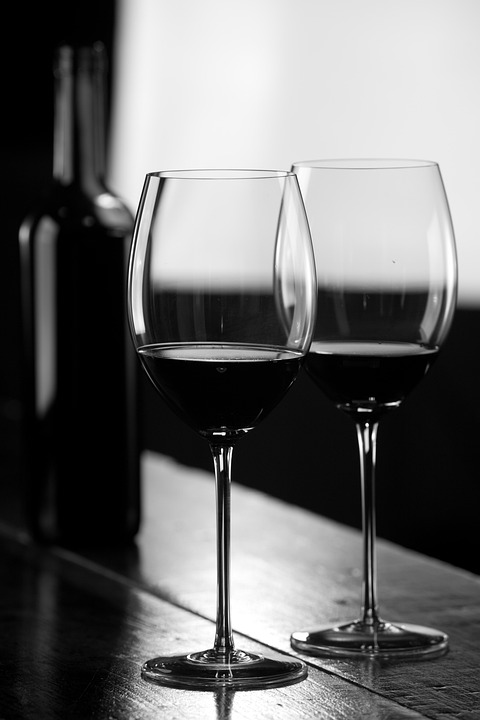Introduction
Red wine is a complex beverage that is influenced by a variety of factors, including the type of barrel used for aging and the length of time the wine spends in the barrel. In this report, we will explore how barrel choice and aging time can impact the texture of red wine. We will examine the financial implications of these decisions for wineries, as well as industry trends and insights.
Barrel Choice and Red Wine Texture
Impact of Barrel Choice
The choice of barrel for aging red wine can have a significant impact on the texture of the final product. Oak barrels are the most commonly used type of barrel for aging wine, and they can impart flavors and aromas such as vanilla, spice, and toast. The type of oak used, whether it be French, American, or Hungarian, can also influence the texture of the wine.
French oak barrels are often preferred for their tighter grain, which allows for a slower and more gradual extraction of flavors. This can result in a wine with a smoother and silkier texture. American oak barrels, on the other hand, have a more porous grain, which can lead to a more intense and robust texture in the wine. Hungarian oak barrels are somewhere in between, offering a balance of flavor extraction and texture development.
Financial Implications
The choice of barrel for aging red wine can have financial implications for wineries. Oak barrels can be quite expensive, with French oak barrels typically commanding a higher price than American or Hungarian oak barrels. The cost of barrels, combined with the length of time the wine spends in the barrel, can impact the overall production cost of the wine.
Wineries must carefully consider the cost of barrels and the desired texture of the final product when making decisions about barrel choice. Some wineries may choose to use a combination of different types of barrels to achieve a desired texture while managing costs.
Aging Time and Red Wine Texture
Impact of Aging Time
The length of time that red wine spends in the barrel can also influence its texture. Extended aging can allow for greater flavor extraction from the oak, resulting in a wine with a more complex texture. However, excessive aging can also lead to overpowering oak flavors that may mask the natural characteristics of the wine.
Shorter aging times may result in a wine with a lighter texture and less oak influence. Winemakers must carefully monitor the aging process to ensure that the wine develops the desired texture without becoming unbalanced.
Industry Insights
In the wine industry, there is a growing trend towards using alternative aging vessels, such as concrete or stainless steel tanks, to influence the texture of red wine. These vessels can offer winemakers more control over the aging process and may result in wines with unique textures and flavors.
Wineries are also experimenting with innovative aging techniques, such as aging wine on lees or using amphorae for fermentation and aging. These techniques can add complexity to the texture of the wine and create a point of differentiation in a crowded market.
Conclusion
In conclusion, barrel choice and aging time play a crucial role in shaping the texture of red wine. The type of barrel used, the length of time the wine spends in the barrel, and the cost of barrels all factor into the final product. By carefully considering these factors, wineries can create red wines with a desired texture that resonates with consumers and sets them apart in the competitive wine market.




